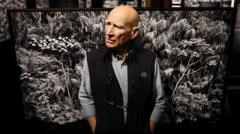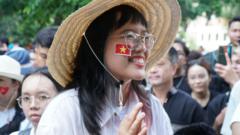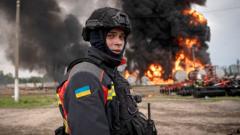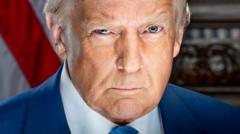The Vietnam War, which wrapped up 50 years ago, holds a bitter legacy in its visual history captured through powerful photography. Often referred to as the "living room war," it permeated American households via television and photographs, allowing viewers to witness the battlefield’s harsh realities. From Tim O'Brien’s reflective words that echo the somber outcomes of survival to the poignant images shot by photojournalists like Dickey Chapelle and Tim Page, these snapshots revealed the raw essence of human experience amid crisis.
Chronicling personal suffering and national shame, the photography of this era played a pivotal role in shaping public sentiment about the war. It presented a humanized view of both soldiers and civilians, spotlighting the complex emotions tied to issues of duty and loss. The diversity of the photographers, including those with differing political views, contributed to a robust narrative defining how warfare was perceived. As we remember this significant historical moment, it's evident that these photographs continue to resonate, offering lessons about the impacts of conflict and the nature of humanity that remain relevant today.
Chronicling personal suffering and national shame, the photography of this era played a pivotal role in shaping public sentiment about the war. It presented a humanized view of both soldiers and civilians, spotlighting the complex emotions tied to issues of duty and loss. The diversity of the photographers, including those with differing political views, contributed to a robust narrative defining how warfare was perceived. As we remember this significant historical moment, it's evident that these photographs continue to resonate, offering lessons about the impacts of conflict and the nature of humanity that remain relevant today.






















